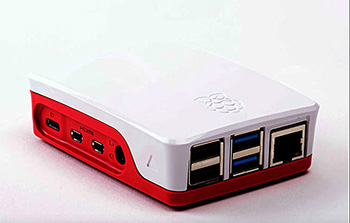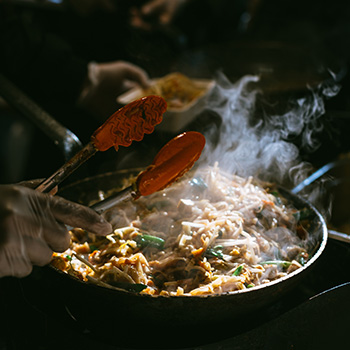… for Apple Final Cut Pro X
Tip #641: The Secret is Blend Modes
Larry Jordan – LarryJordan.com
The secret is blend modes and a compound clip.


Here’s a straight-forward technique to put video inside a text clip, then key the results over a second video clip. And, for extra credit, I’ll show you how to add a drop shadow.
This is a three-layer effect using blend modes and a compound clip.
SETUP
- On the Primary Storyline, put the background. The blue clip, in my screen shot.
- On the layer above that, put the video you want to place inside the text. The glowing orange in my example.
- On the layer above that, on the top layer, put the text.
- Select the Primary Storyline clip and type V to make it invisible.
FILL THE TEXT
- Select the text clip.
- Go to the Video Inspector and set the blend mode for the text clip to Stencil Alpha.
The text is now filled with the image on Layer 2
PUT IT OVER THE BACKGROUND
- Select the background clip and type V to make it visible again.
- Select the text clip and the video on layer 2.
- Go to New > Compound Clip.
- Accept the default name and click OK.
The filled text now appears over the background on the Primary Storyline.
Done!
EXTRA CREDIT
- Select the compound clip.
- Go to Effects > Stylize and apply a drop shadow to the compound clip.
- Adjust until it looks good to you.







